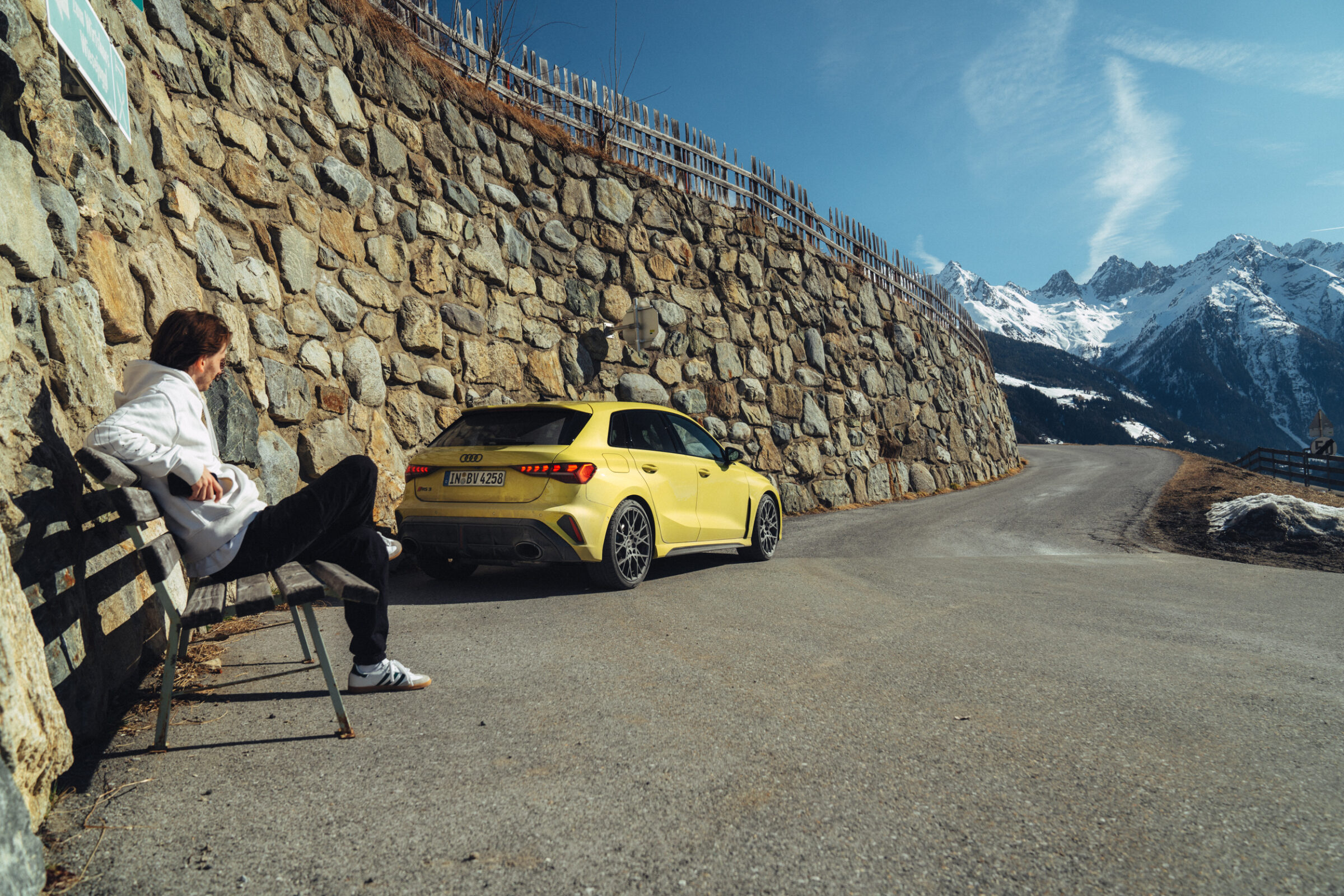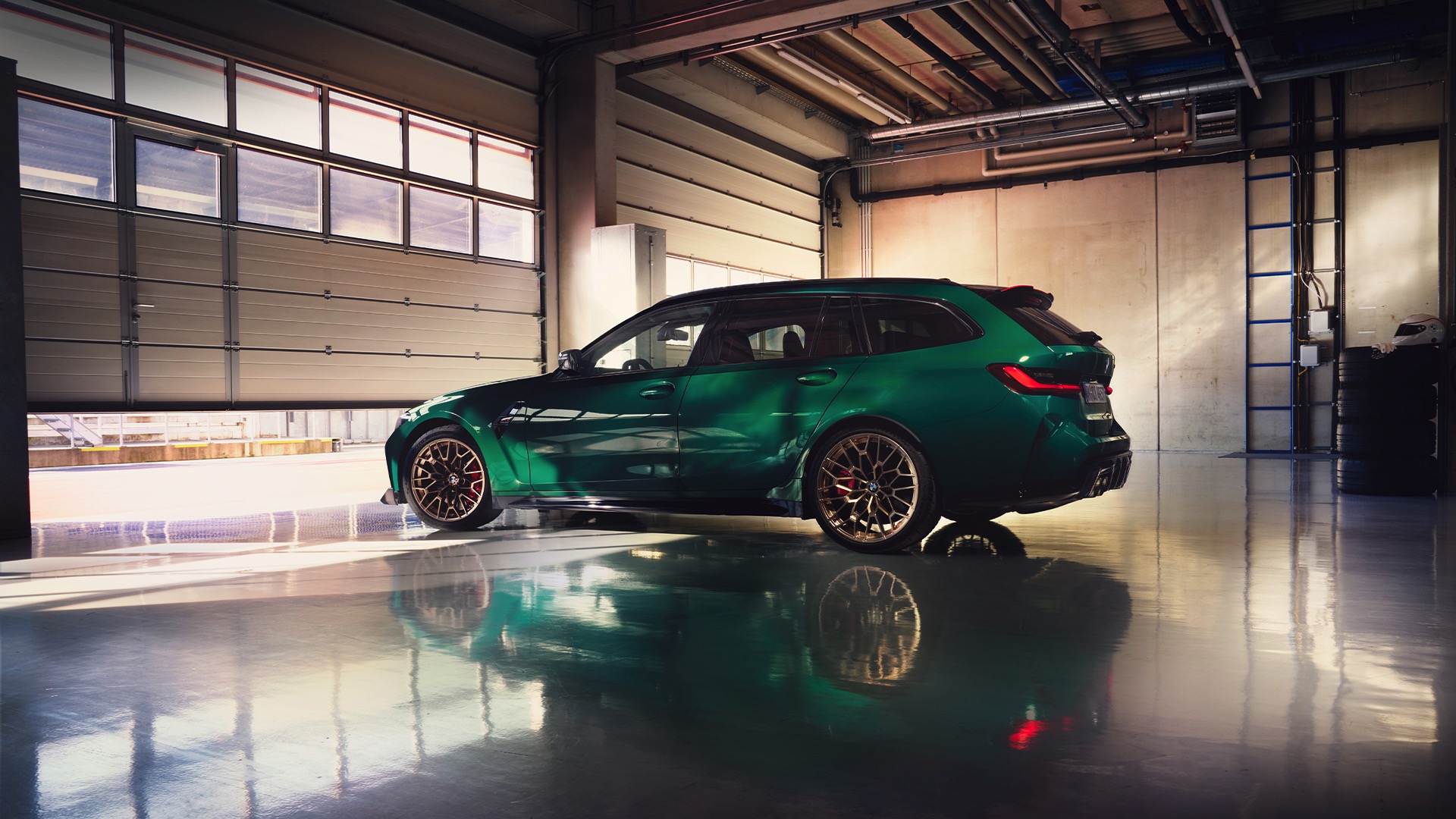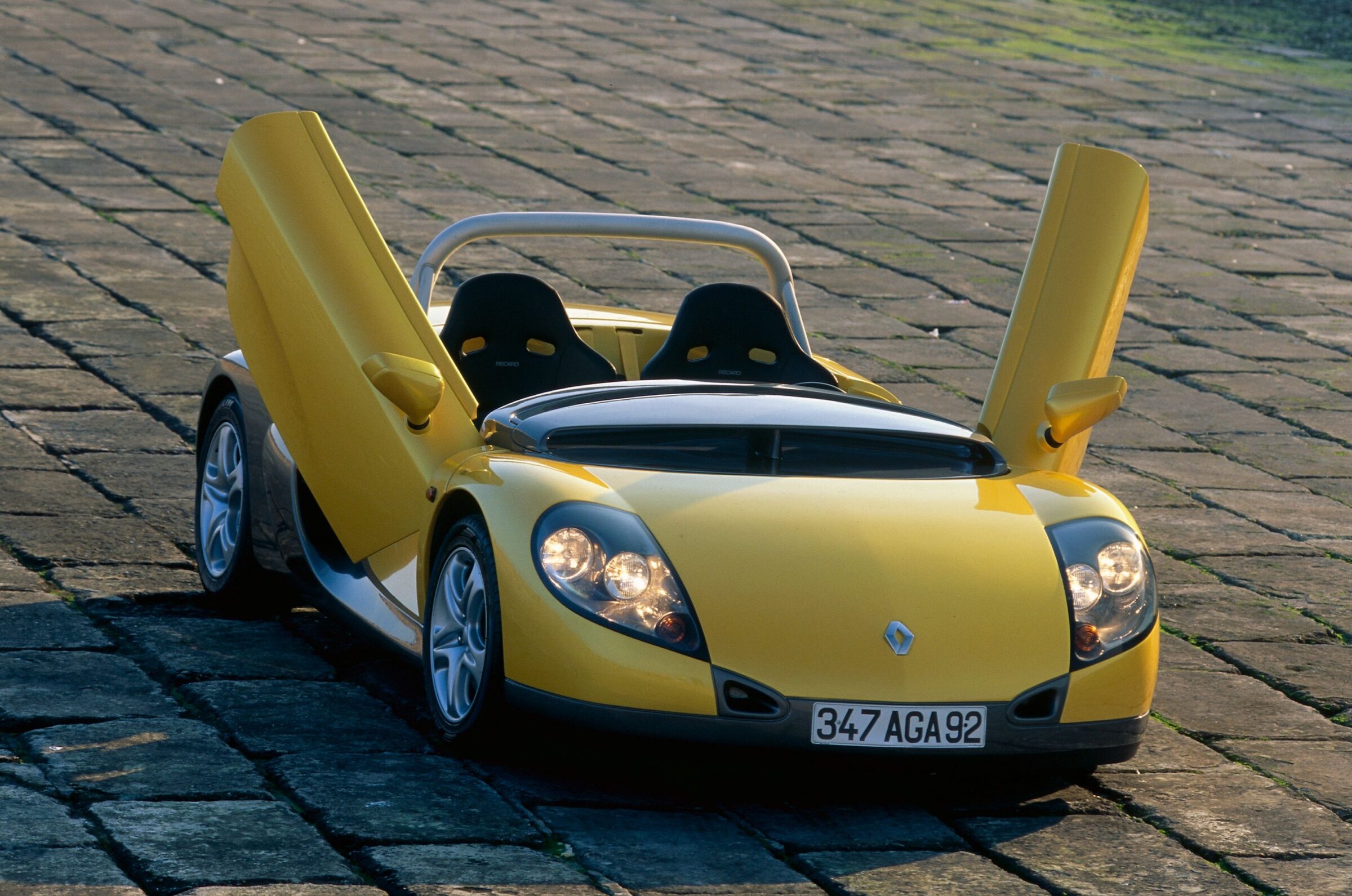50 Years of Lamborghini Espada
Some car models are automatically linked to celebrities and stars who used to drive or even own these vehicles. You need an example? Who do you think about when we say Porsche 550 Spyder, pink Cadillac Eldorado Convertible, Reliant Scimitar or Mercedes-Benz 300 SLR Coupé? If your immediate answers were “James Dean, Elvis Presley, Princess Anne and Rudolf Uhlenhaut”, then you know what we are talking about. Another vehicle for this series is the Lamborghini Espada, which was used in 1968 by Prince Rainier III of Monaco and his wife Gracia Patricia, former Grace Kelly, to lap the F1 circuit in his principality. A year earlier, he had already driven the concept car Lamborghini Marzal at the same place. Marcello Gandini as then chief designer at Bertone drew the Marzal and the unique Pirana, based on a Jaguar E-Type, as ideas for a new sports car model.
After the 350 GT was further developed into the 400 GT 2+2 for 1966 and followed by Islero and Miura later on, Lamborghini in 1968 showed real courage to take risks, for which they are still known today. From the concept cars Marzal and Pirana they developed the production-ready Espada together with Bertone within short time. It got a four-liter V12 engine above its front axle. From its displacement and six Weber double-carburetors they got 325 hp initially, which on request were delivered to the rear wheels by an automatic transmission. In later Series the power increased to 350 hp. All four wheels got disc-brakes. Above all is a steel bodywork with big bonnet made of aluminium.




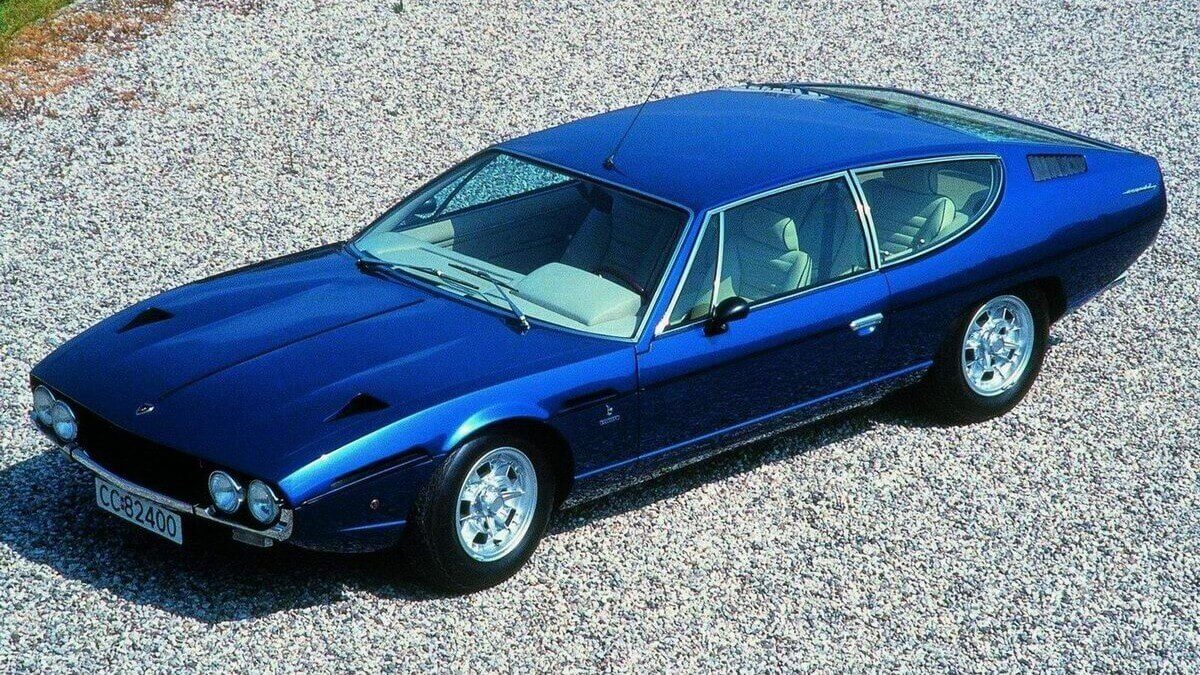

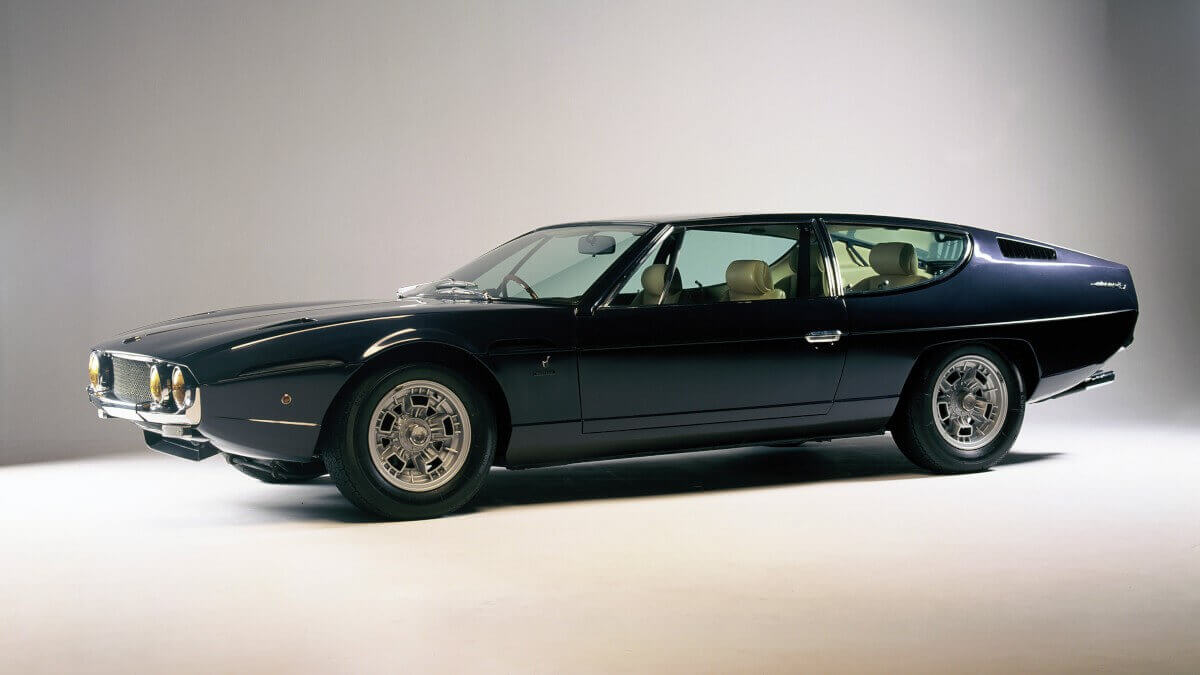



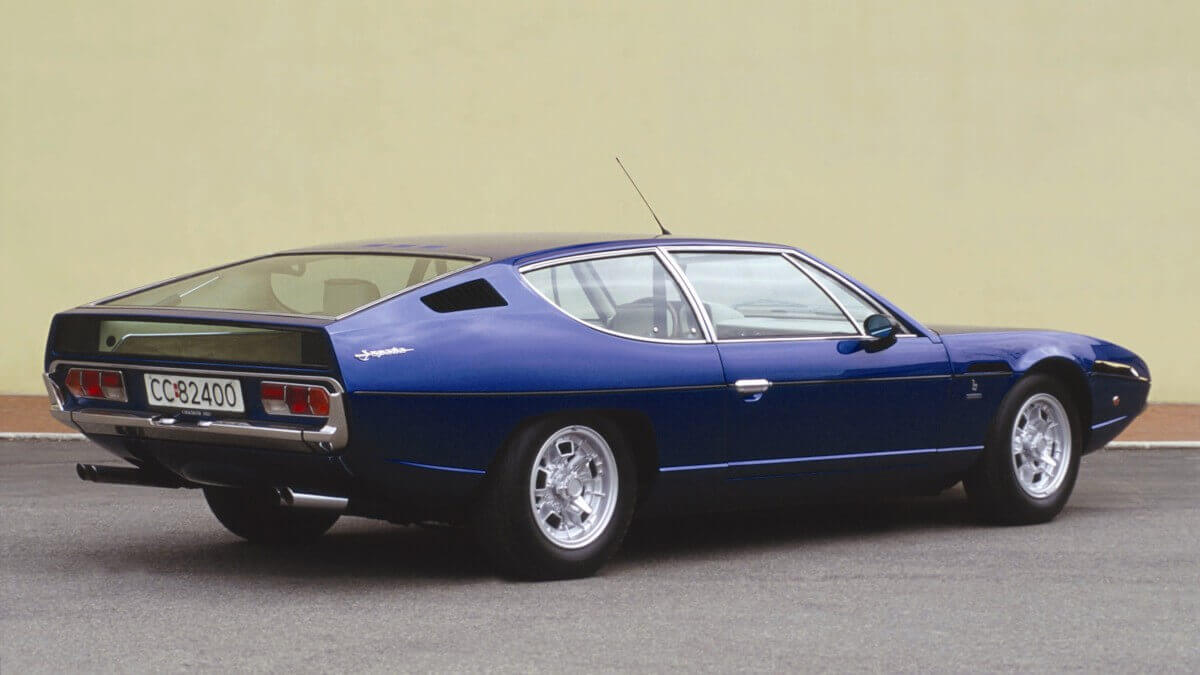



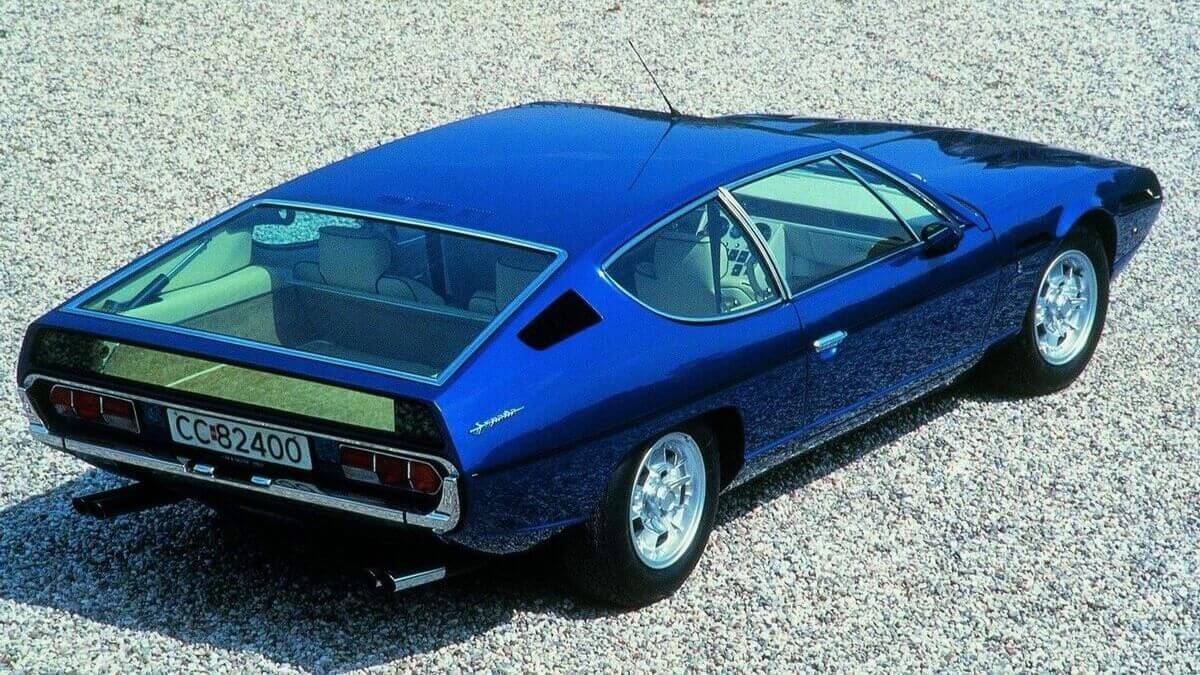

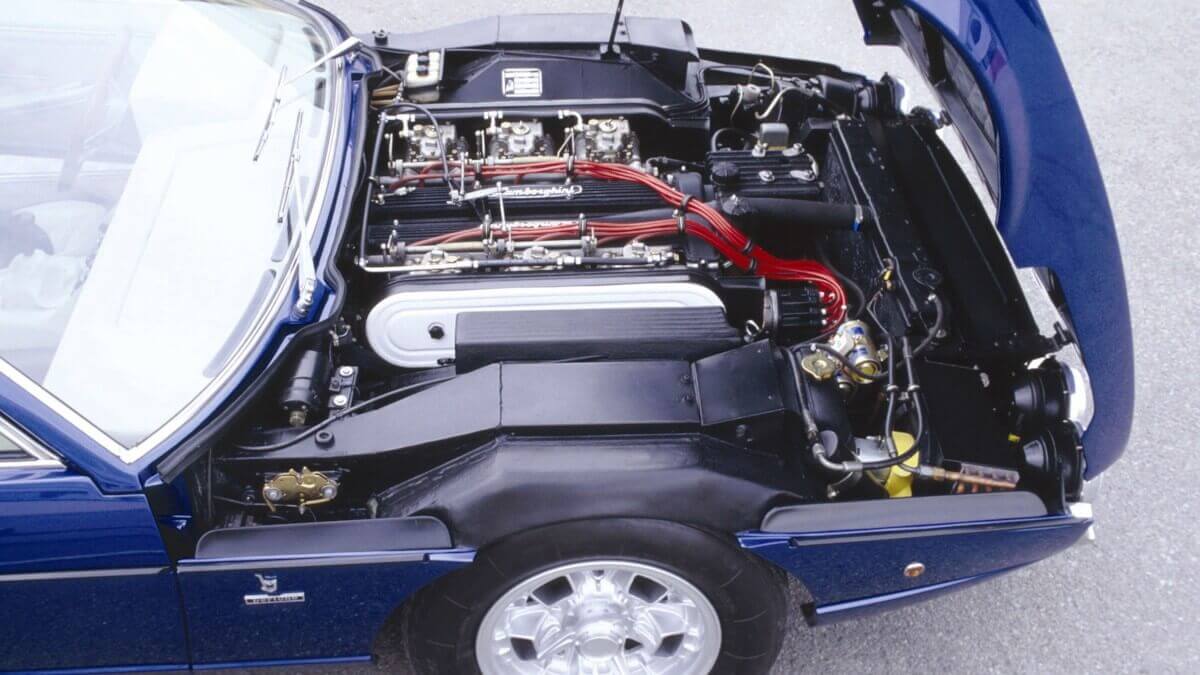

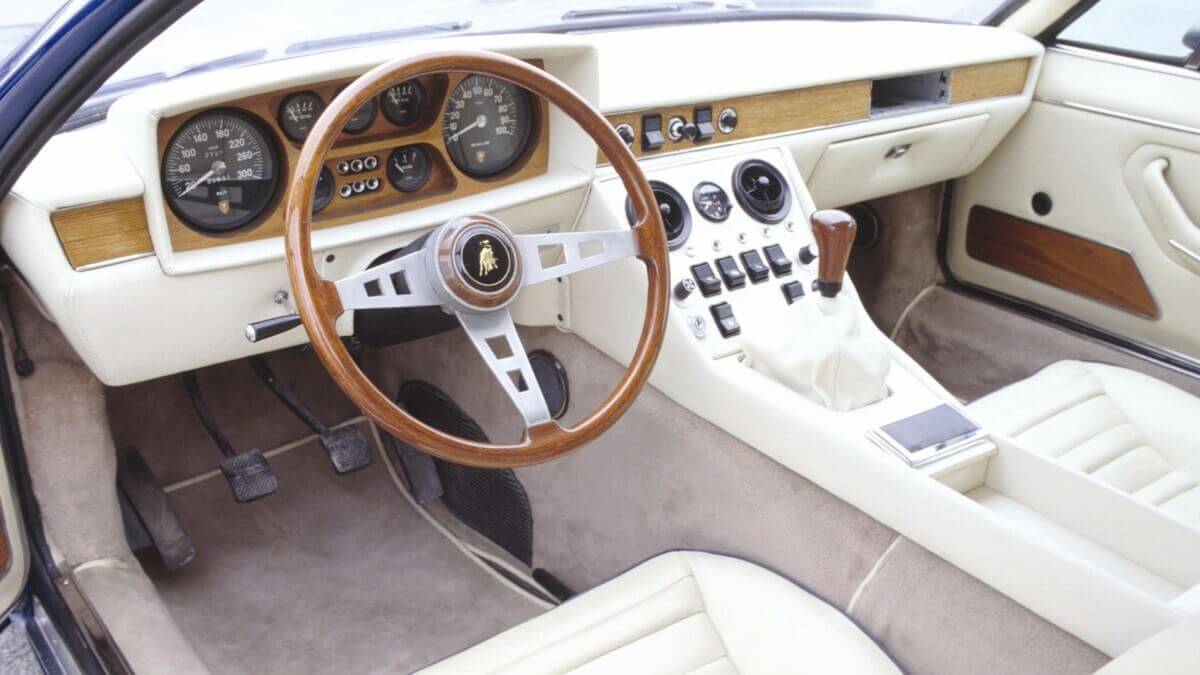



Only 176 copies of the Series 1 were produced until 1970, followed by 572 copies of the Series 2 until 1972 and another 472 copies of Series 3 until production ended in 1978. For the full ten years of production, Bertone manufactured the bodies of the 1.2 meters high sports car, while the frame chassis came from the Carrozzeria Marchesi in Milan, from where they were delivered to Bertone. Only completion of interior and technical parts was done in Sant’Agata. However, Lamborghini accumulated high levels of debt at their partners and suppliers, including Marchesi and Bertone, in the 1970s. This eventually led to only one model in their line-up, the Countach, built totally in Sant’Agata.
While the bodywork of the Espada barely changed over the years, Lamborghini constantly improved the equipment and interior. For example from 1970 they offered a power steering on request. Special versions such as convertibles weren’t officially available. Only Pietro Frua tried to better the Espada by developing a four-door sedan with longer wheelbase, the unique Faena. Previously Bertone had rejected a similar variant already in the drawing stage. The Espada remained without a successor model.
Images: Lamborghini


